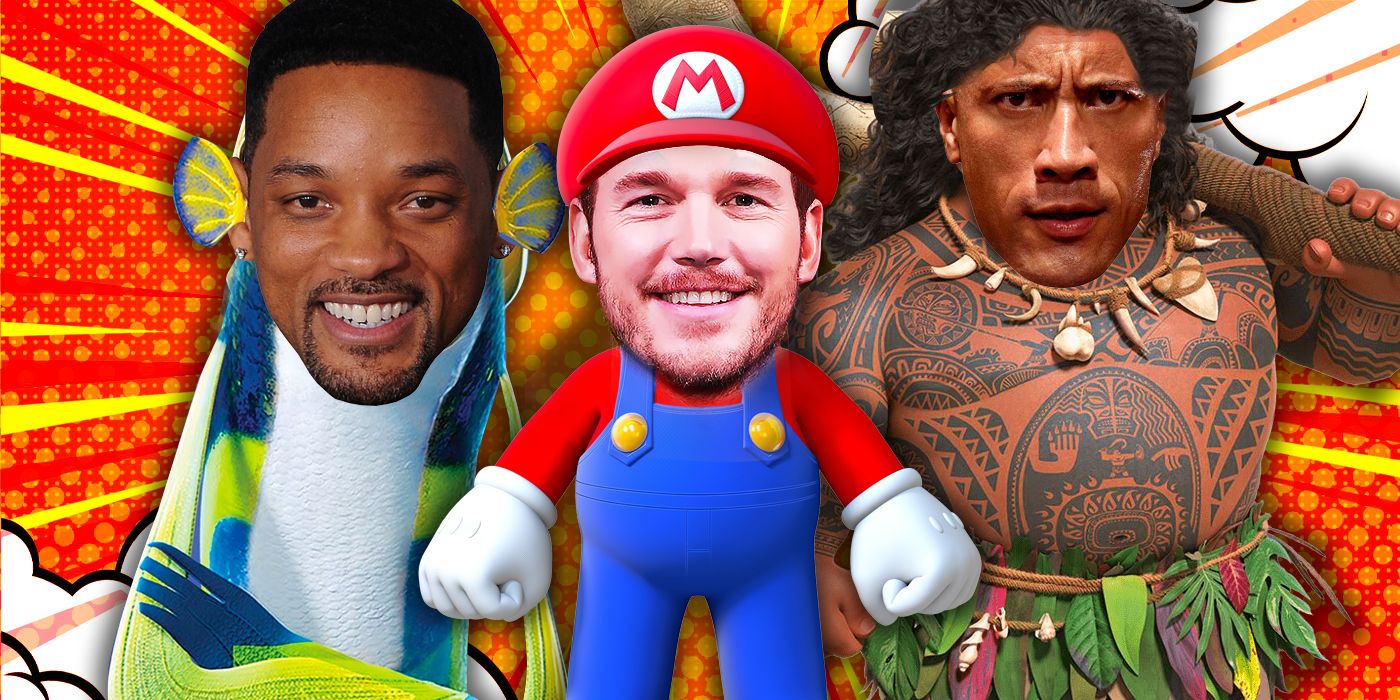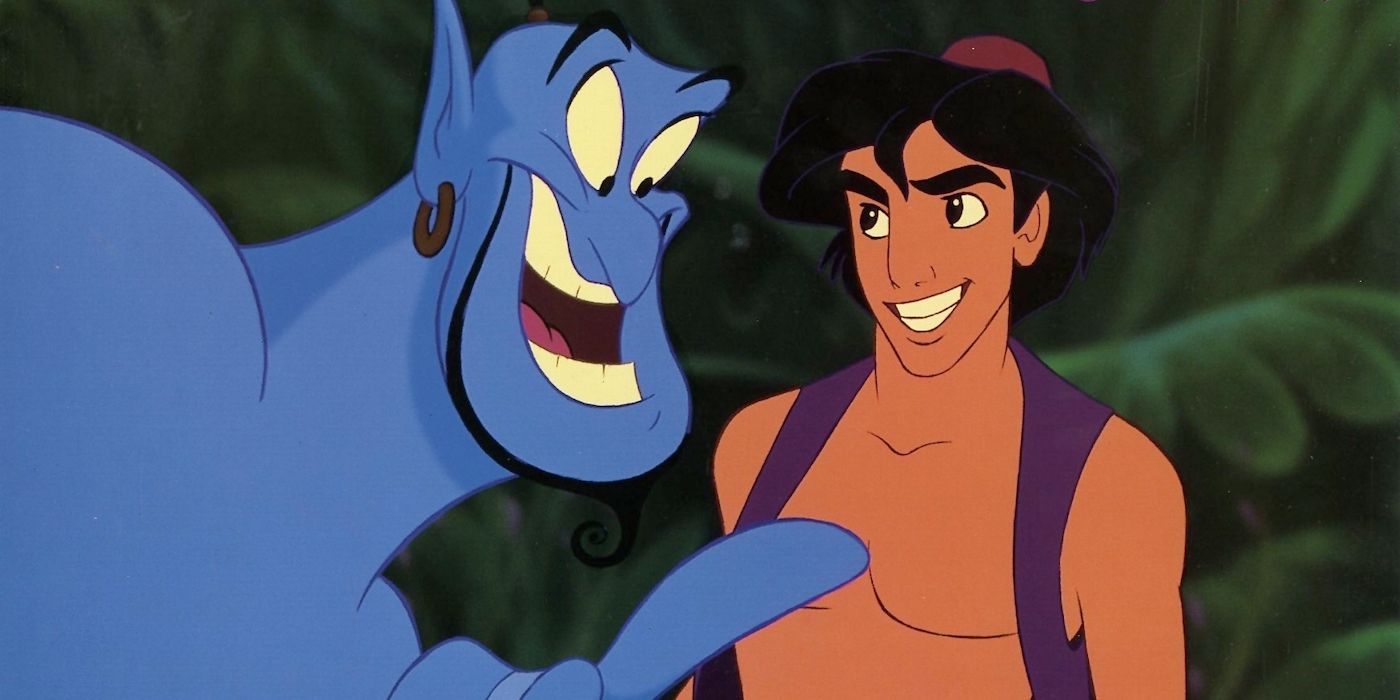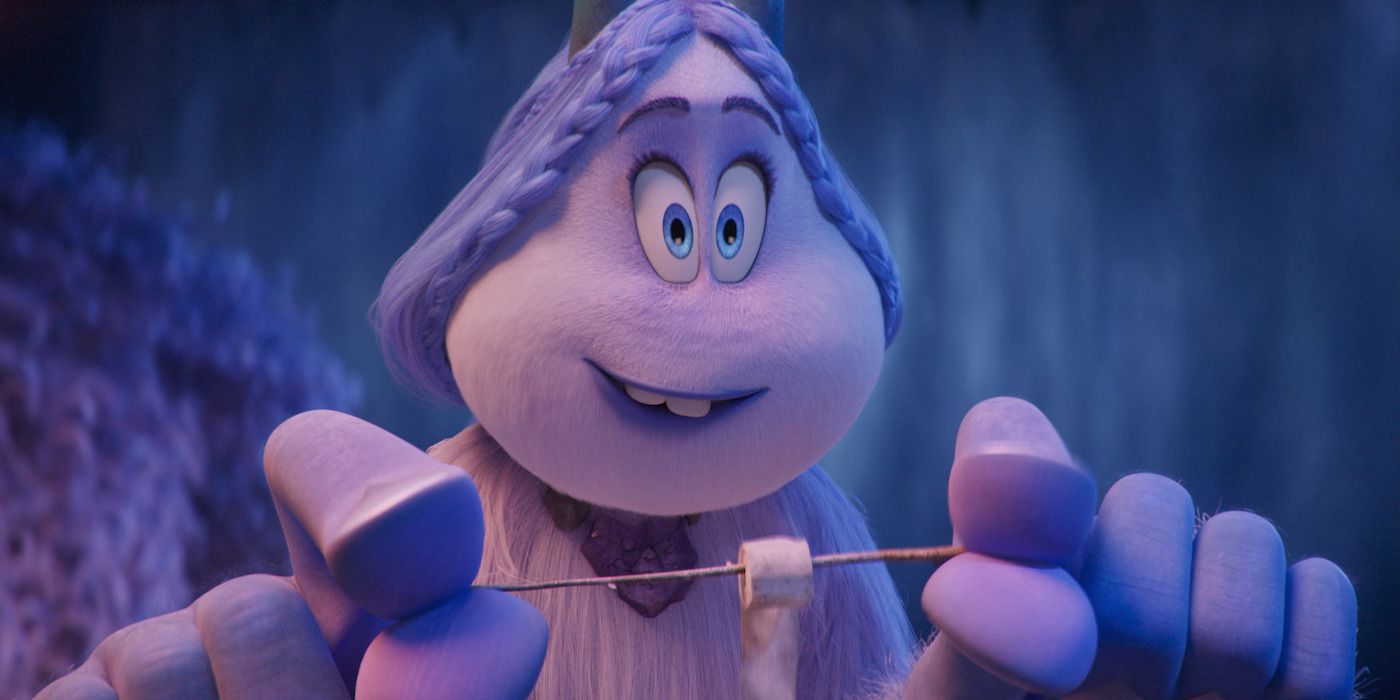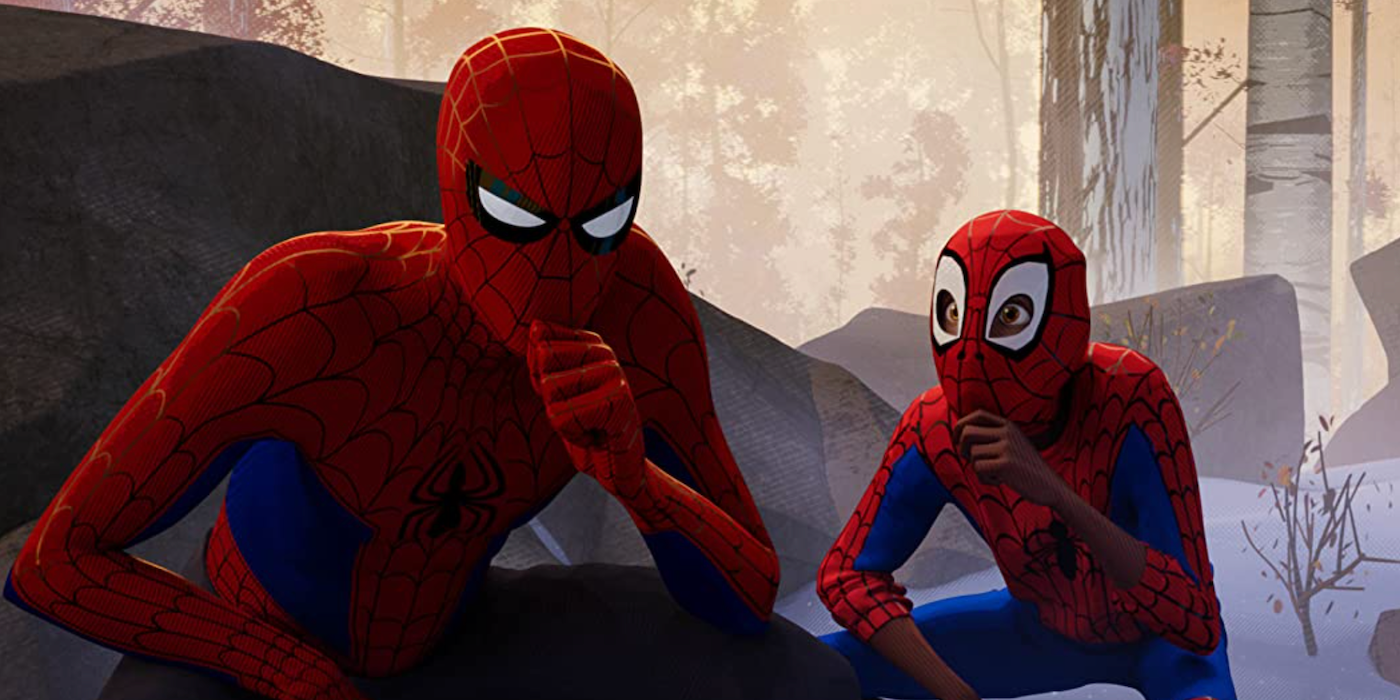How many times a year has your local movie theater been plastered with posters that detail a laundry list of celebrity names attached to an animated film? How often have animated trailers ended with a massive wall of text revealing a lengthy, star-studded voice cast? Over the past couple of decades, it has almost become ubiquitous for animated films to market themselves on their big-name voice talent. After all, animated movies can be a hard sell to a general moviegoing audience who sees them as only “for kids,” and a line-up of pre-established stars with built-in appeal and recognizable voices can help bring in crowds who typically stay away from cartoon flicks. At least, that is how things used to be until very recently.
While casting celebrities for roles in animation is far from a new practice, it was only in recent decades that animated features were treated as star vehicles for their voice talent. Originally, animated films were marketed on the spectacle of their stories, the artistry of their animation, and the variety of their music. The voices were done by industry character actors with a background in stage and radio that specialized in projecting performances with just their voice and were seldom a selling point for the final product. Prominent stars would voice characters in animated features prior to the 1990s here and there, such as Phil Harris in Disney’s The Jungle Book and Burt Reynolds in Don Bluth’s All Dogs Go to Heaven, but the films were not heavily built around their involvement and their commercial awareness primarily stuck to the artistry of the films themselves.
Then, everything changed in 1992 with the explosive success of Disney’s Aladdin. The casting of stand-up superstar Robin Williams as the Genie was a union of actor and role that was revolutionary in the world of animation. The film perfectly encapsulated Williams’ comic stylings and rapid-fire improvisations through elastic animation that matched his energy and blurred the line between animation and actor. Williams brought his own identity to give life to the Genie in a way that no other celebrity casting had before in an animated film. The Genie was unmistakably modeled after and written around the star that voiced him, and Williams’ involvement netted Aladdin commercial success that trumped any of the previous Disney animated features up to that point. Disney had inadvertently changed the game for celebrities in animated films and its repercussions were felt almost immediately.
When former Disney head Jeffrey Katzenberg founded DreamWorks Animation, the cultural shift born out of Williams’ Genie began to manifest right away in films like Antz, The Prince of Egypt, and Shrek that flooded their voice casts with wall-to-wall A-list celebrities. No piece of Shrek‘s advertising campaign would go by without the names Mike Myers, Eddie Murphy, Cameron Diaz, and John Lithgow paraded across trailers, TV spots, and posters. Much like Aladdin, the film capitalized on the familiarity of its voice cast for inspiration and captured their star personas within the animation. Donkey’s personality and mannerisms were unmistakably modeled after the fast-talking, wise-cracking nature of Murphy’s stand-up, more so than even Disney did in Mulan.
The one-two punch of Aladdin and Shrek’s success started a new age in the relationship between celebrities and animation. Studio animation became a factory of star vehicles that marketed themselves on the pedigree of their celebrity talent more than the merits of their story, artistry, or music to a point where audiences were more aware of the film’s voice cast than even the studio and artists that made it. DreamWorks’ Shark Tale quickly became Will Smith, Angelina Jolie, Renée Zellweger, and Jack Black’s Shark Tale as far as the marketing was concerned. And while only a modest success at the box office, awareness of Warner Brothers’ Smallfoot exploded through “Zendaya is MeeChee” memes that spawned out of the film’s marketing campaign more than the film itself.
Studios like Blue Sky, Illumination, and even Disney followed in DreamWorks’ mold of favoring celebrities, many of whom had never done voices in animation before, over industry professionals who specialize in voice acting for marketability, regardless if they were a fit for the role or not; for every Tom Holland in Onward, there is a Kim Kardashian West in PAW Patrol: The Movie. In a recent example, Marvel Studios’ What If...? prides itself on netting familiar MCU talent to reprise their roles in animated form, with a bulk of them turning in lackluster performances due to inexperience in voice acting.
Animated films had become marketing tools front-lined by name recognition. Studios concluded that if an animated movie is to be successful and reach as wide an audience as possible, its characters must be modeled after and voiced by immediately recognizable celebrities, like the Genie and Donkey, and be marketed by the star-power of its voice cast, like Shrek and Madagascar. These perceived Hollywood truisms have persisted since the early 2000s and continue to define the market appeal of animated movies to a general audience. However, what has changed in recent years is the diminished novelty of celebrity talent and the susceptibility of an audience to engage with an animated movie solely by the merit of its voice cast.
October 2021 saw the announcement of the voice cast for Illumination’s upcoming animated Mario movie, with the likes of Chris Pratt, Charlie Day, and Seth Rogen in the roles of popular video game icons. The film’s casting is typical for an animated movie of the past decade, but reception to the news was a resounding mix of disappointment and confusion. Nintendo fans had hoped that Mario, Luigi, and the rest of the Mushroom Kingdom would be voiced by veteran franchise regulars like Charles Martinet (who will perform in the film in an as-of-yet unspecified role) to bring the characters to life as they had been in decades of top-selling video games. Going by how Illumination used star talent in their previous films, Mario will likely sound and act more like Pratt more than he will classic Mario.
The mixed reception of the Mario casting proves a change in priorities for the animation market — an animated film’s star-powered voice talent does not have the same impact or appeal it once had to a modern audience. The generation that grew up with post-Aladdin animated films of the new millennium has become numb to a prestigious voice cast and come to expect it now as a given. In the days of Shrek, it was novel to see so many stars lend their voice to a cartoon feature, but today, it has come to be expected.
Effective animated films still attach big names, but are cast more to the benefit of the story over any market appeal, and their involvement is no longer the driving force of the publicity. Dwayne Johnson is one of the biggest stars in the world, and while his involvement with Disney’s Moana got people talking, the marketing put greater focus on the music by Lin-Manuel Miranda and the fact that it was a new Disney Princess movie. Casting choices like Johnson’s portrayal as Maui also hearken back to why Williams was cast as the Genie in the first place: not because he was famous and can fill theater seats with an established fanbase, but because he inspired the creators and fit the role. The best animated movies have returned to casting by role and talent, not by name
Much like in the decades prior to Aladdin, animated films now largely draw in audiences with the comedic and tear-jerking potential of their stories, the advancements in dazzling animation, and the inviting music of their soundtracks. Catering to franchises and brand recognition is also what makes an animated movie into an event. Disney and Pixar movies bank off the nostalgia of their brand prestige to attract an audience, while Sony Pictures continues to ride on the goodwill of Spider-Man: Into the Spider-Verse's groundbreaking animation and ties to a popular superhero.
Animated movies of the past couple decades cast celebrity voice talent in a grasp to reach an older, general audience who may not see a “cartoon” movie otherwise, but as animation has become more and more of a celebrated medium by audiences, the need and marketability of a star-studded roster has dwindled. Hearing Chris Pratt’s voice won’t get people to see a Mario movie. Seeing Mario will!





